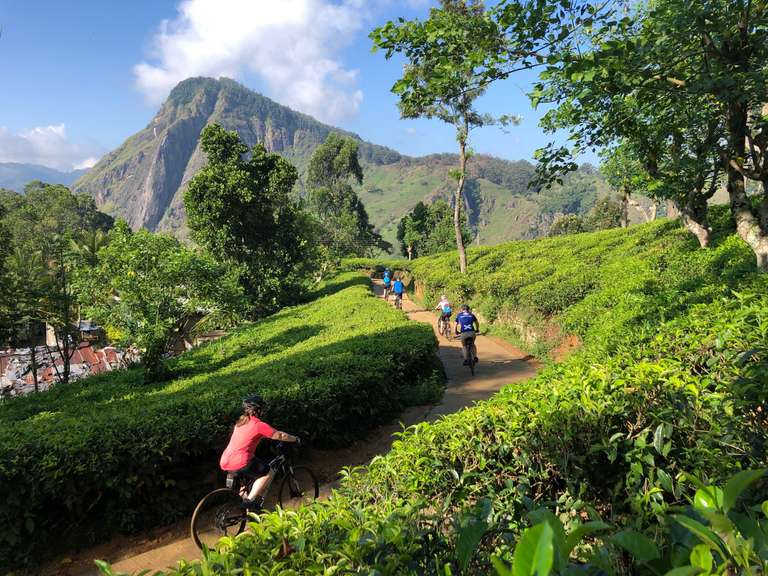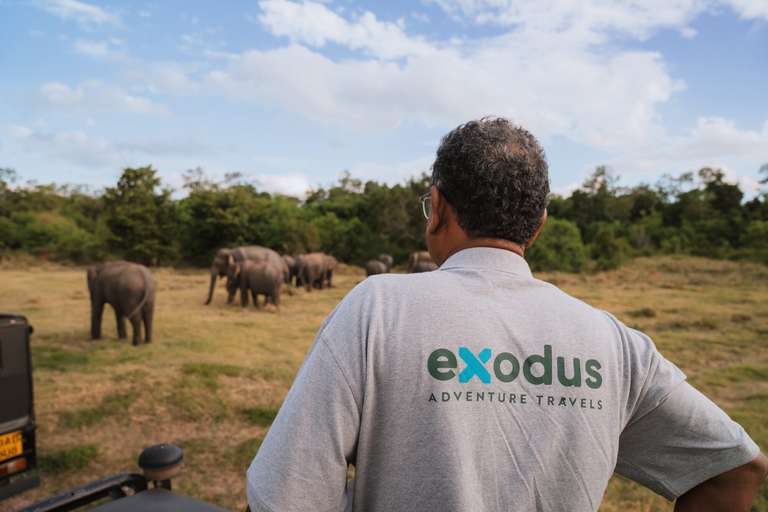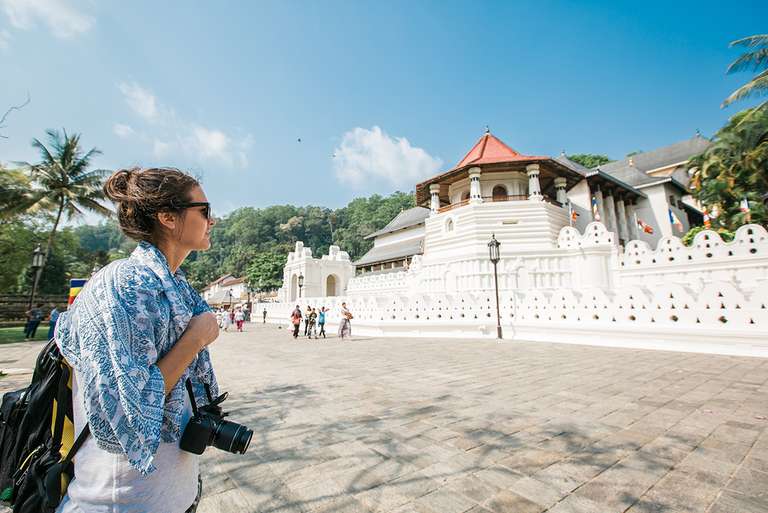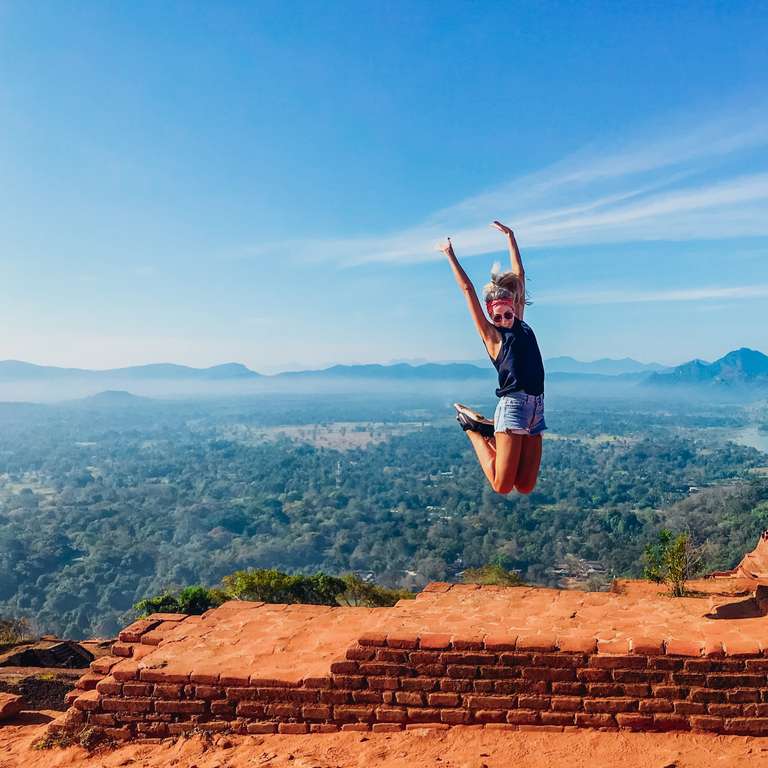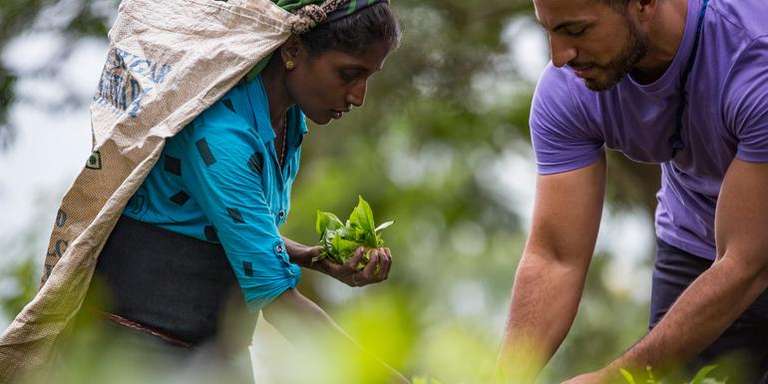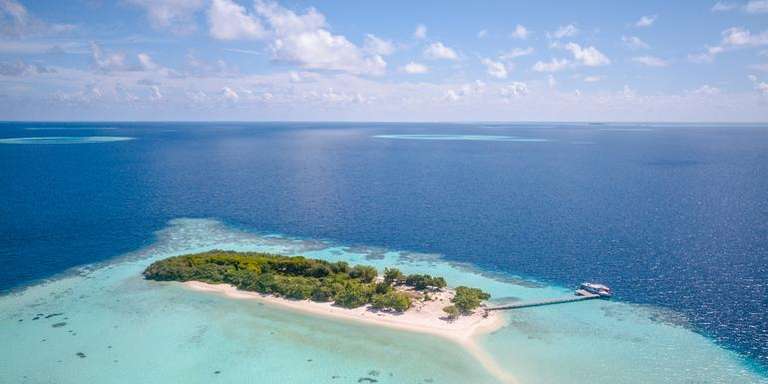Best Time to Visit Sri Lanka
- Excellent
- Good
- Fair
- Poor
- JanAvg Daily: 31 ° CAvg Nightly: 22 ° C
- FebAvg Daily: 31 ° CAvg Nightly: 23 ° C
- MarAvg Daily: 32 ° CAvg Nightly: 24 ° C
- AprAvg Daily: 32 ° CAvg Nightly: 25 ° C
- MayAvg Daily: 31 ° CAvg Nightly: 26 ° C
- JunAvg Daily: 30 ° CAvg Nightly: 26 ° C
- JulAvg Daily: 30 ° CAvg Nightly: 25 ° C
- AugAvg Daily: 30 ° CAvg Nightly: 25 ° C
- SepAvg Daily: 30 ° CAvg Nightly: 25 ° C
- OctAvg Daily: 30 ° CAvg Nightly: 24 ° C
- NovAvg Daily: 30 ° CAvg Nightly: 23 ° C
- DecAvg Daily: 30 ° CAvg Nightly: 23 ° C
- Excellent
- Good
- Fair
- Poor
- Val
- From
- Val
- From
- Nina T.
- From
- Jeffrey Gonzalez
- From
When is the best time to visit Sri Lanka: Quick Facts
| High season | December to April |
| Low season | May to August |
| All seasons | December–April (summer), May-August (monsoon), September–November (spring) |
When to visit Sri Lanka: Seasonal Overview
Summer in Sri Lanka — December to April
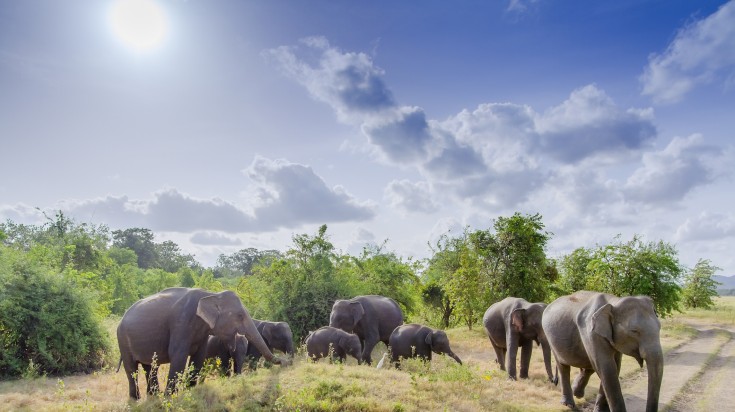
Sri Lanka's summer, spanning from December to April, offers travelers the best months to visit Sri Lanka. Nestled between the two monsoon seasons, this period beckons with exceptionally inviting weather that entices explorers from all corners. With dry conditions prevailing, expect clear skies and minimal rainfall, especially in the southern and western regions. The Maha monsoon, which usually starts in October, saturates the northeastern areas, leaving the rest of the country with delightful weather. Expect temperate climates along the coast, ideal for beachgoers, and cooler temperatures in the hill country.
| Average temperatures | 34° C ( 94° F) – 36° C (97° F) |
| Rainfall | 61 mm – 228mm |
| Is summer a good season to visit Sri Lanka? | Yes, summer is one of the best time to visit Sri Lanka as the weather is at its finest during this period, with clear skies and limited rainfall in most regions. It’s an ideal time for both beach lovers and cultural enthusiasts. |
Highlights:
- Enjoy the pristine beaches on your trip to Mirissa, Unawatuna, and Bentota on the southern and western coasts with clear skies and calm waters.
- Explore ancient cities and cultural gems like Galle, Kandy, Anuradhapura, Sigiriya, and Dambulla in ideal weather conditions.
- This is the best time to visit Yala National Park or Udawalawe National Park for spotting leopards and elephants in the wild.
- Discover the lush tea plantations and cool climates in the hill country, including places like Nuwara Eliya and Ella.
- Experience the vibrant Duruthu Festival in January and the Sinhalese New Year (Avurudu) celebrations on April 14.
Travel tips:
- As this is the high season, accommodations, flights, and tours tend to fill up quickly. Make reservations well in advance to secure your preferred options.
- Carrying a reusable water bottle and staying hydrated throughout the day is important because the hot and humid weather can cause dehydration. Remember to put on sunscreen, sunglasses, and a hat with a wide brim to shield yourself from the blazing sun.
- Expect larger crowds at popular tourist attractions. Arrive early to beat the crowds and make the most of your visits.
In-depth seasonal guides:
Sri Lanka in December
Sri Lanka in January
Sri Lanka in February
Sri Lanka in March
Sri Lanka in April
Spring in Sri Lanka — September to November

This is one of the best times of the year to go to Sri Lanka, especially since the weather is amazing all over the country. These months are the inter-monsoon period, as they fall between the two monsoon seasons in Sri Lanka. The weather in Sri Lanka is comparatively drier in the south and west, as the Maha monsoon begins in October, and drenches the north-eastern parts of the country. This season brings lush greenery blankets the hills which makes it the perfect time for nature enthusiasts, hikers, and wildlife lovers.
| Average temperatures | 31° C (87° F) – 34° C (93° F) |
| Rainfall | 166 mm – 382 mm |
| Is spring a good time to visit Sri Lanka? | Yes, spring is one of the ideal times to visit Sri Lanka. he weather is perfect for cultural exploration and outdoor activities. |
Highlights:
- Wander through bustling streets during your Colombo tour, where you can visit historic sites like Independence Square, the National Museum, and Gangaramaya Temple in pleasant, dry weather.
- Explore lush tea country, including Nuwara Eliya, for stunning landscapes and tea plantations. Also, you can trek in Ella and Horton Plains National Park with pleasant temperatures.
- Explore the historical offerings of Sri Lanka’s Cultural Triangle: Anuradhapura, Polonnaruwa, and Sigiriya, and discover the Dambulla Cave Temples, a UNESCO World Heritage site, featuring stunning cave paintings and statues.
- Go on wildlife safaris in Minneriya or Kaudulla National Parks to witness the famous elephant gatherings during the dry season.
- Whale-watching season in Mirissa on the south coast typically begins in November, making it the ideal time to spot magnificent blue whales.
Travel tips:
- Take advantage of the favorable weather to explore outdoor attractions like national parks, hiking trails, and beaches.
- Since it is one of the best time to travel to Sri Lanka, it is also very popular, so book accommodations and activities in advance, especially in high-demand areas. You may also consider exploring lesser-known destinations to avoid crowds and experience authentic Sri Lankan culture.
In-depth seasonal guides:
Sri Lanka in September
Sri Lanka in October
Sri Lanka in November
Monsoon in Sri Lanka — May to August
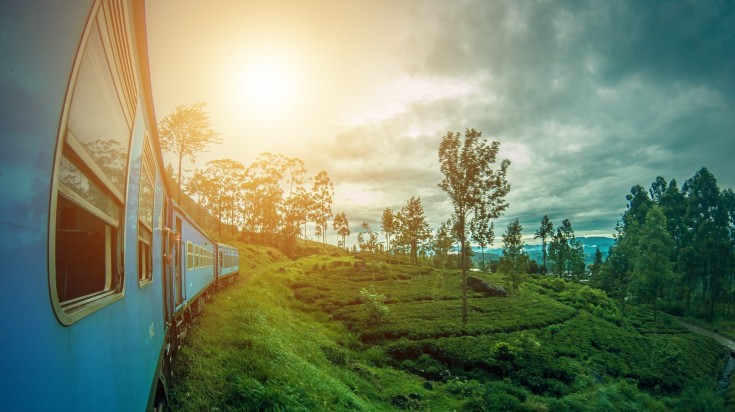
This is the period of the Yala monsoon or the southwest monsoon. The weather in Sri Lanka is rather wet, especially in the south-western parts of the country such as Galle and Colombo. This is also low season and the main tourist regions are caught in the rain till July. By July, the rains start to taper off, leaving behind the occasional shower. However, the temperatures will remain hot and humid in most parts of the country.
| Average temperatures | 31° C (87° F) to 33° C (91° F) |
| Rainfall | 538 mm – 1249 mm |
| Is monsoon a good time to visit Sri Lanka? | Maybe, this is a good time to explore less crowded beaches on the East Coast which experience minimal rainfall. |
Highlights:
- The hill country, including places like Ella and Nuwara Eliya, remains lush and green during the monsoon, offering beautiful landscapes.
- Explore beautiful and less crowded beaches on the East Coast, including Passekudah, and Trincomalee, which experience minimal rainfall.
- Experience world-class surfing in Arugam Bay, a popular destination for surf enthusiasts.
- Witness the grand Vesak Day celebrations in May, featuring colorful lantern displays and processions, and the cultural festivities of the Poson Festival in June, commemorating the arrival of Buddhism in Sri Lanka.
- Witness various cultural festivals and processions, such as the Esala Perahera in Kandy.
Travel tips:
- Be prepared for heavy rainfall by packing waterproof clothing, including a raincoat, waterproof shoes, and a travel-sized umbrella.
- Monsoon rains can disrupt travel plans, so have a flexible schedule and be prepared for itinerary changes. Review weather forecasts regularly and make necessary adjustments to your travel preparations.
- Plan for indoor activities like visiting museums, and local markets or cooking classes and cultural workshops, during rainy days to make the most of your trip.
In-depth seasonal guides:
Sri Lanka in May
Sri Lanka in June
Sri Lanka in July
Sri Lanka in August
Are you considering a trip to Sri Lanka? If so, we have a helpful guide that can assist you in planning your trip to this beautiful country. Whether you're wondering how many days to spend in Sri Lanka or need assistance in crafting a custom itinerary to Sri Lanka, our travel experts in Sri Lanka are ready to assist you.
Weather in Sri Lanka: Rainfall and Temperatures
| Month | Jan | Feb | Mar | Apr | May | Jun | July | Aug | Sept | Oct | Nov | Dec |
| Avg Daily (°C) | 31 | 31 | 32 | 32 | 31 | 30 | 30 | 30 | 30 | 30 | 30 | 30 |
| Avg Nightly (°C) | 22 | 23 | 24 | 25 | 26 | 26 | 25 | 25 | 25 | 24 | 23 | 23 |
| Avg Daily (°F) | 88 | 88 | 90 | 90 | 88 | 86 | 86 | 86 | 86 | 86 | 86 | 86 |
| Avg Nightly (°F) | 72 | 74 | 76 | 77 | 79 | 79 | 77 | 77 | 77 | 76 | 74 | 74 |
| Avg Rainfall (mm) | 62 | 69 | 130 | 253 | 382 | 186 | 125 | 114 | 236 | 369 | 310 | 168 |


